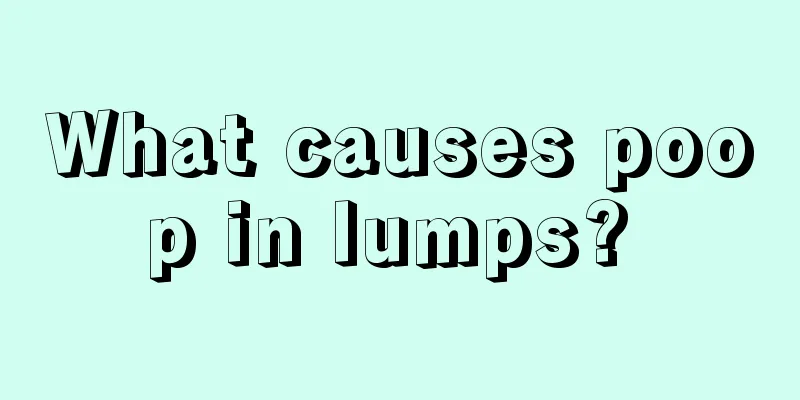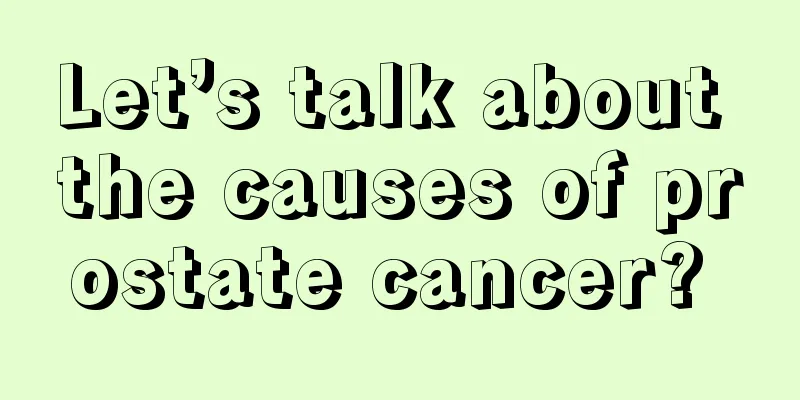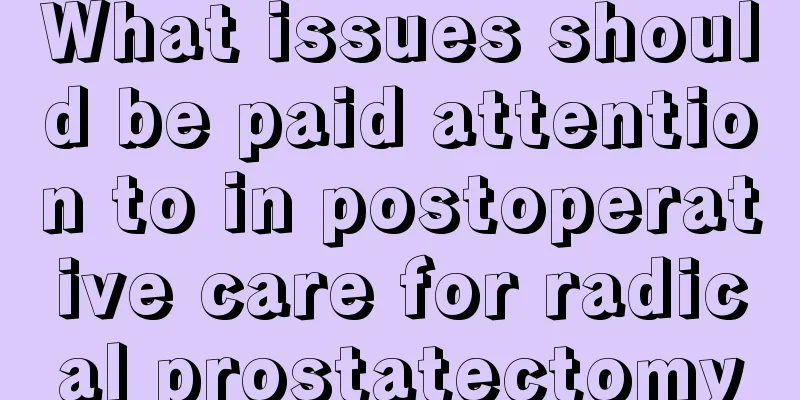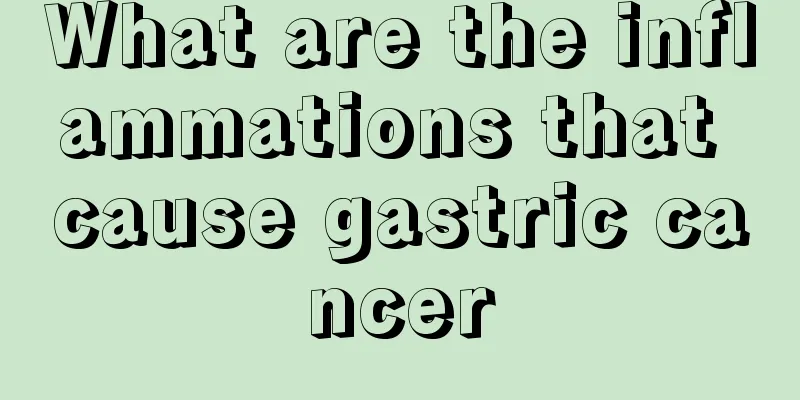What to do if eye hyperplasia

|
Hyperplasia in the eyes may be a manifestation of pterygium. The presence of pterygium will undoubtedly have a certain impact on people's eye health. If it is more serious, it may even compress the eye nerves and cause certain obstructions to people's vision. Therefore, if you have pterygium, you must seek treatment in time. Next, I will introduce the treatment methods of pterygium in detail! 1. Subconjunctival transplantation of pterygium head Suitable for those with thinner pterygium and lighter congestion. This surgical method is relatively simple to operate, but it is prone to local wrinkles and hypertrophy, and is prone to recurrence, so it is rarely used nowadays. 2. Simple excision of pterygium It is suitable for patients whose pterygium invades the cornea more and is progressive or close to the pupil edge, threatening the visual function of the affected eye, or for patients whose cataract or corneal transplant incision is affected or whose pterygium will be stimulated to develop after surgery, or for patients whose pterygium affects their appearance. This surgical method is relatively simple to operate and takes a relatively short time, but it is prone to recurrence after surgery. 3. Pterygium excision combined with free conjunctival flap transplantation It is suitable for patients with larger, more congested and hypertrophic pterygium, faster growth, or patients with more conjunctival loss during pterygium excision. This surgical method is relatively complicated and difficult to perform, and the conjunctival flap used for transplantation must be particularly careful not to reverse the front and back sides, but the surgical effect is good and the postoperative recurrence rate is relatively low. 4. Pterygium excision and pedicled conjunctival flap transplantation This surgical method is also suitable for patients with thicker, more congested pterygium and faster growth. Because the conjunctiva is elastic and compliant, this property can be used to separate the bulbar conjunctiva adjacent to the pterygium resection area, and after appropriate loosening and incision, it can be transplanted to repair the exposed scleral area. This method will not cause the conjunctival flap to be reversed, and the blood supply is good, so the transplanted conjunctiva grows and heals faster. The disadvantage is that there may be a certain tension when the conjunctiva is pulled and displaced, so the wound should be well aligned when suturing to avoid rupture of the conjunctival wound. No matter which method is used for pterygium, there is a possibility of recurrence, so it is important to explain this clearly to the patient in advance. To prevent the recurrence of pterygium after surgery, the key points of each step, such as the peeling of pterygium, the cleaning of the tissue under the pterygium, the exposure of the sclera or the use of conjunctival grafts, should be handled with caution during the initial operation. |
<<: Does spinach contain high purine?
>>: Hyperplasia after double eyelid surgery
Recommend
What are the effects and functions of postpartum HPV vaccine? Can postpartum HPV vaccine prevent cervical cancer?
Cervical cancer refers to a malignant tumor that ...
Symptoms of heart failure
Currently, heart failure is one of the most commo...
Antibacterial and antipruritic lotion
Many women nowadays suffer from gynecological dis...
What are the symptoms of early kidney cancer
There are some obvious symptoms in the early stag...
Eugenics and good parenting examination items
Since the implementation of family planning, the ...
How long can you live with rectal cancer
Cancer is a terrifying and deadly disease. In rec...
What causes tooth sourness?
Teeth are the most important part of people's...
Can people keep their bodies from aging?
Aging is a stage that everyone will experience in...
Hemangioma rupture and bleeding
Vascular disease is one of the most common diseas...
At what stage of lung cancer does surgery become necessary
At what stage of lung cancer does surgery become ...
How to deal with nasopharyngeal cancer with bloodshot nose
How to treat nasopharyngeal cancer? Cancer is a w...
What are the reactions after drinking black tea
Dark tea is a common tea in our lives. There are ...
What is the reason for red and swollen eyelids
Nowadays, many people face the problem of insuffi...
I cough when my back gets cold
We all know that the lungs are a very important o...
Can lung cancer patients exercise?
The occurrence of lung cancer is not accidental. ...









